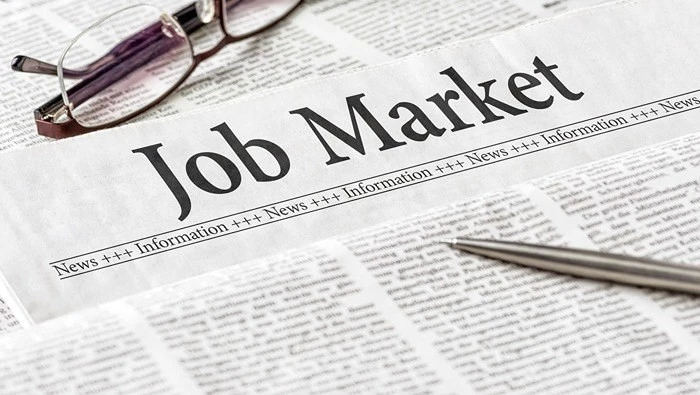
As the U.S. presidential election date draws near, many people are contemplating the possible winner of the race and what that could ultimately mean for the nation in matters concerning its economy. For his initial theme, Trump’s policies have been one of enrichment of American industries and breaking regulations; still, the effect of him on the job market can be multi-layered and compounded.

Economists are also considering the implications of a potential second Trump presidency on future employment trends, workforce dynamics, and the broader economy. These forecasts could provide valuable insights for businesses and workers, helping them to anticipate and prepare for potential changes in the job market.
However, there are also potential risks associated with Trump’s policies. Economists caution that while these policies may lead to a short-term surge in job numbers, the long-term consequences could include a widening income gap and diminished job security. Deregulation might spur temporary growth in some industries, but these jobs may not be sustainable in the long run.
One of the big commitments Trump made was to restore American manufacturing. He used tariffs and trade wars with China during his first term to protect U.S. industries. Although doing so did bring back some amount of manufacturing jobs to the land, these mechanisms equally disrupted business supply chains and inflated business costs.
If Trump secures a second term, protectionist trade policies and tax changes will likely be implemented, as economists predict. While protectionism could preserve some manufacturing jobs, it’s also expected to provoke retaliation from the targeted countries, which could harm industries dependent on exports. The overall impact on manufacturing jobs could, therefore, be a mix of gains and losses, with some jobs created and others lost due to rising costs and shrinking international markets.
Another consideration of what a second Trump term could look like is how it could—or may not—merge with technical changes already in progress. Automation, artificial intelligence, and digital transformation are redefining job markets across the board, weeding out many traditional jobs that could become irrelevant. Trump’s policies haven’t focused much on addressing these disruptions.
Economists express their opinion by stating that in the absence of policies aimed explicitly at grappling with technological unemployment, many workers may be unable to adjust to changed requirements in new jobs.
A few sectors may experience employment gains, while others may suffer heavy losses. The gap in skills may widen due to the absence of general retraining programs or incentives for industries to invest in human capital.
Trump’s position on healthcare and education could also affect the job outlook in these very important sectors. His first term was tumultuous, with repeated efforts to repeal the Affordable Care Act and cut down on federal involvement in education. The latter was debated, with some level of concern concerning its implications for the future of both industries.
Changes in health policy might most impact the pattern of jobs in the healthcare sector—where the largest number of Americans work. If, for instance, there is a rollback from the Affordable Care Act, then the demand for healthcare services might drop, and jobs may be cut.
Once federal funding for public education is reduced, this can trigger layoffs that affect the quality of education, which consequently affects long-term employment opportunities.
Immigration has been central to Trump’s policies: it might be adversely affected or beneficial, considering whether the immigration controls are tightened. Other good sides in the labor market are the higher chances for the American people to access jobs in various industries, especially when limiting entry for the low-skilled.
Economists also warn that if the U.S. continues restricting the immigration of skilled individuals, it might scare these workers away and, in the long run, damage its capacity in industries that depend on such workers, such as technology and health. This will erode innovation and, hence, the country’s competitiveness worldwide.
Though Trump’s policies could revive parts of the economy, they are the ones most closely connected with economic volatility. The trade wars that marked his first term demonstrated in fairly vivid detail just how rapidly market conditions can change as a result of policy reorientations.
Some economists argue that businesses will become more conservative in their hiring practices, especially in industries exposed to global markets or depending on stable regulations. With uncertainty persisting, this might greatly moderate job growth in sectors that have been counting on benefiting from Trump policies.
The effect on the U.S. job market of a possible second Trump presidential term is most likely mixed regarding positive and negative results that deregulate and tweak protectionist policy. Some sectors might grow while others are affected by technological disruption, trade uncertainty, or diminished inflows of workers.
What will really determine the fact is how all these factors come together and whether focused policies are introduced to confront the challenges that will emerge. Economists have been emphasizing that a balanced approach has to be taken, or else the result would be a job market that is strong and inclusive over the years.
As voters wait atop the news for election results, the focus begins to grow on what the new administration, under Trump or not, will pick from these economic challenges and opportunities to determine the future of work in America.